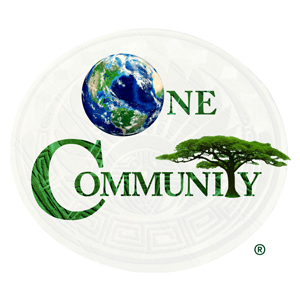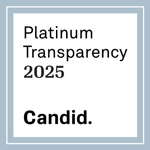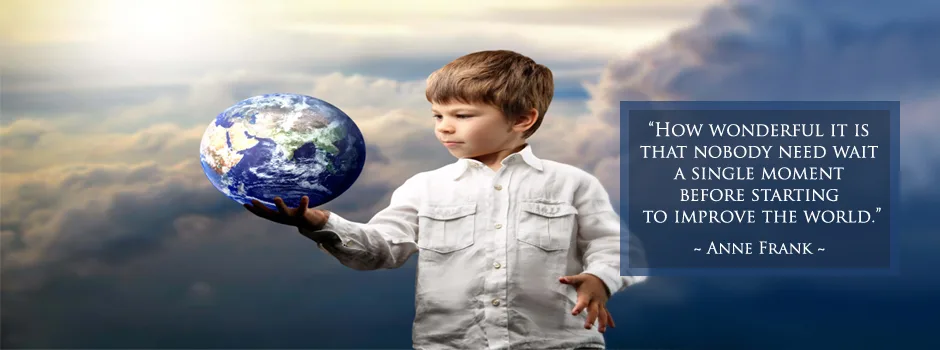
One Community Welcomes Vivek Sharma to the Software Development Team!
Posted on May 18, 2025 by One Community Hs
One Community welcomes Vivek Sharma to the Software Team as our newest Volunteer/Consultant!
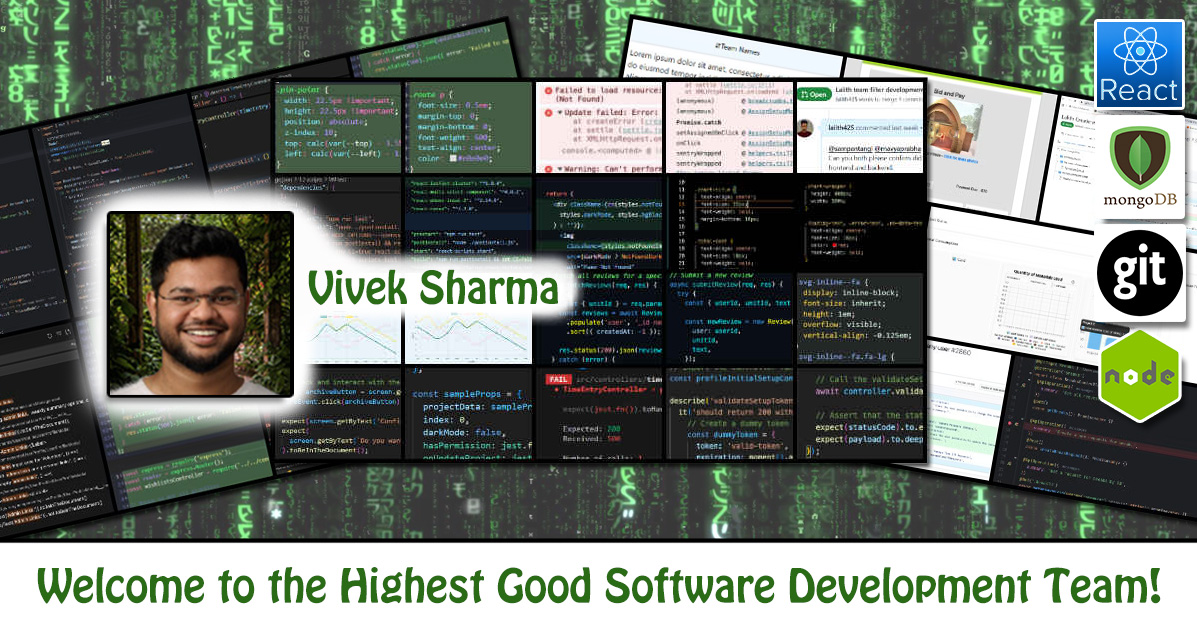
Vivek is a dynamic engineer who excels at optimizing frontend applications using React while building robust, test-driven backends with Express. He has a keen eye for enhancing user experiences by streamlining interface performance and ensuring reliable backend services through comprehensive testing frameworks. His technical expertise shines through in his ability to integrate modern web technologies to deliver high-quality, scalable applications, and his collaborative approach has led to significant performance improvements in his projects. At One Community, Vivek successfully resolved complex issues related to the Highest Good Network project tasks dashboard, ensuring smooth functionality and seamless user experience. Additionally, he completed comprehensive test cases, resulting in a bug-free app and enhancing overall system stability.
WELCOME TO THE TEAM VIVEK!
FOLLOW ONE COMMUNITY’S PROGRESS (click icons for our pages)
INVESTOR PAGES
GET INVOLVED
One Community Welcomes Jiaqi Nie to the Software Development Team!
Posted on May 18, 2025 by One Community Hs
One Community welcomes Jiaqi Nie to the Software Team as our newest Volunteer/Consultant!
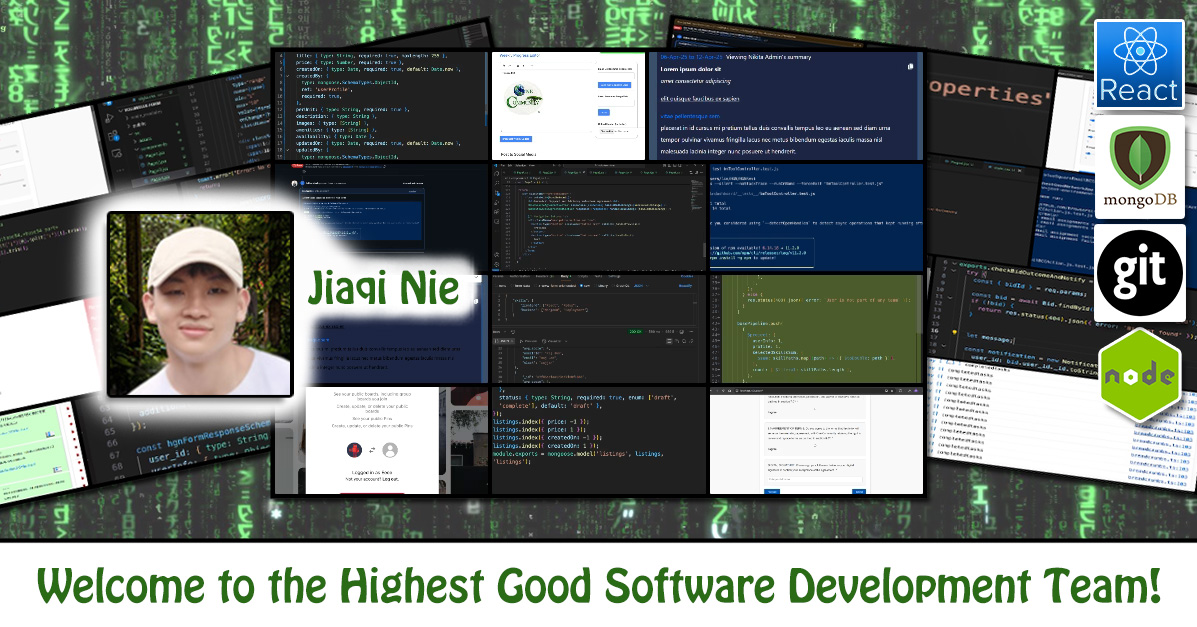
Jiaqi is a software engineer and research assistant with a strong academic foundation in computer science and statistics, currently pursuing dual degrees at the University of Rochester. His work spans full-stack web development, compiler construction, and GPU performance profiling, with hands-on experience in MERN, Next.js, Django, and CUDA. Jiaqi has contributed to platforms serving thousands of users, such as Melcourse, and has developed benchmarking tools for analyzing memory access patterns in CUDA kernels. At Chen Ding’s lab, he focuses on profiling GPU kernel behavior using NVBit and Nsight to guide optimization strategies. Jiaqi is passionate about scalable systems, low-level computing, and impactful software solutions. As a member of the One Community Engineering Team, Jiaqi helped develop the backend feature for the Highest Good Network software. He implemented the backend API for the list and bid dashboard, which handles user bid requests and extracts item information from the database. He also optimized the API to reduce the number of interactions between the front-end and the back-end.
WELCOME TO THE TEAM JIAQI!
FOLLOW ONE COMMUNITY’S PROGRESS (click icons for our pages)
INVESTOR PAGES
GET INVOLVED
One Community Welcomes Tanvi Anantula to the Software Development Team!
Posted on May 14, 2025 by One Community Hs
One Community welcomes Tanvi Anantula to the Software Team as our newest Volunteer/Consultant!
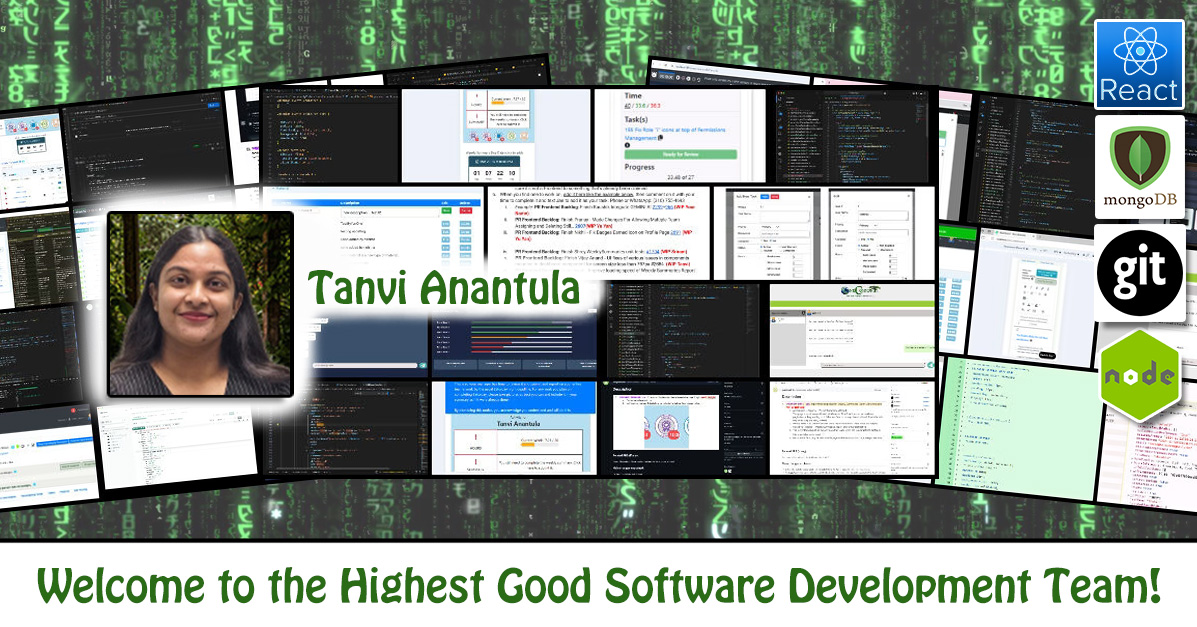
Tanvi is a Computer Science graduate student with over 2+ years of industry experience in software engineering and a strong passion for sustainable, impact-driven tech. With a perfect 4.0 GPA and recipient of the Graduate Award in Computer Science, she brings both academic excellence and hands-on technical expertise to her work. Tanvi is proficient in full-stack development, especially the MERN (MongoDB, Express.js, React.js, Node.js) stack, and skilled in building scalable web applications and automating backend workflows. She has also worked with cloud platforms such as AWS and Google Cloud, and enjoys tackling complex challenges through clean code and efficient system design. She previously led a university-based engineering chapter, encouraging innovation and collaboration in tech. As part of the One Community team, Tanvi played a key role in improving the functionality and performance of the Highest Good Network platform through full-stack development and code optimization.
WELCOME TO THE TEAM TANVI!
FOLLOW ONE COMMUNITY’S PROGRESS (click icons for our pages)
INVESTOR PAGES
GET INVOLVED
One Community Welcomes Sundar Machani to the Software Development Team!
Posted on May 14, 2025 by One Community Hs
One Community welcomes Sundar Machani to the Software Team as our newest Volunteer/Consultant!
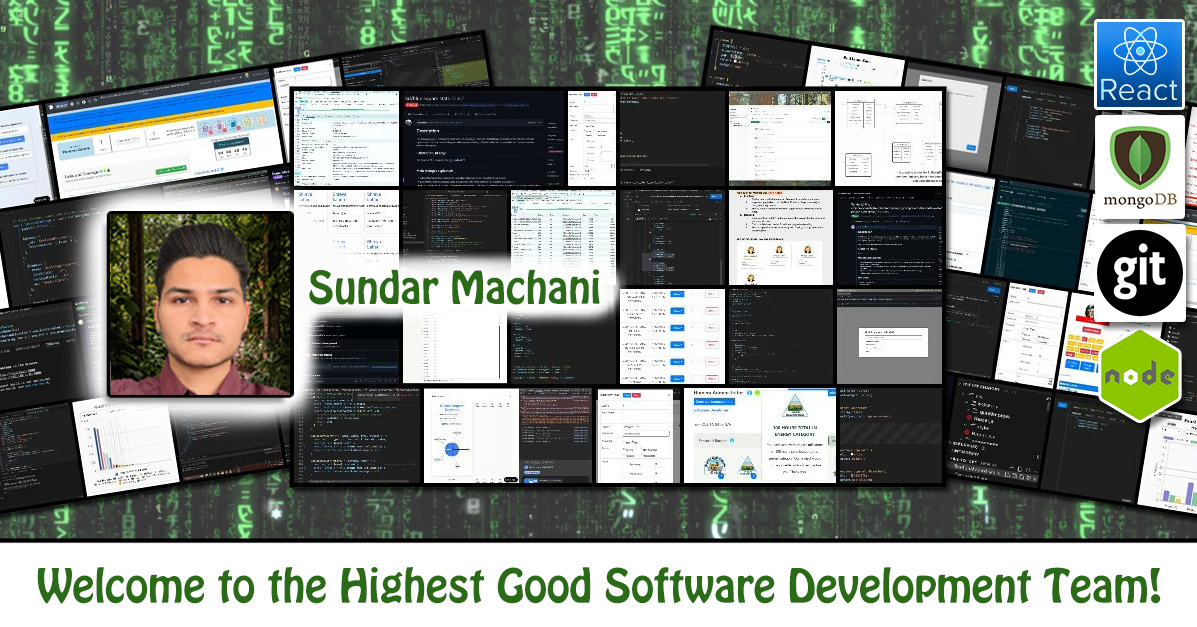
Sundar is a versatile Software Developer with a Master’s degree in Computer Science and a passion for creating scalable, sustainable, and user-centric software solutions. He brings strong experience in full-stack development, cloud-native application architecture, and performance optimization using technologies like Java/Spring Boot, Node.js, React.js, and cloud platforms. Sundar believes in leveraging technology for social good and values collaboration, innovation, and continuous learning. As a member of the One Community Software Team, he has made significant contributions to the development of the Highest Good Network software, including enhancing the Phase 2 Summary Dashboard by building grouped-bar chart components for tracking project materials and labor costs, optimizing frontend performance, improving data loading for reporting features, and assisting with key user experience improvements to support the software’s long-term scalability and impact goals.
WELCOME TO THE TEAM SUNDAR!
FOLLOW ONE COMMUNITY’S PROGRESS (click icons for our pages)
INVESTOR PAGES
GET INVOLVED
One Community Welcomes Samhitha Gouru to the Software Development Team!
Posted on May 14, 2025 by One Community Hs
One Community welcomes Samhitha Gouru to the Software Team as our newest Volunteer/Consultant!
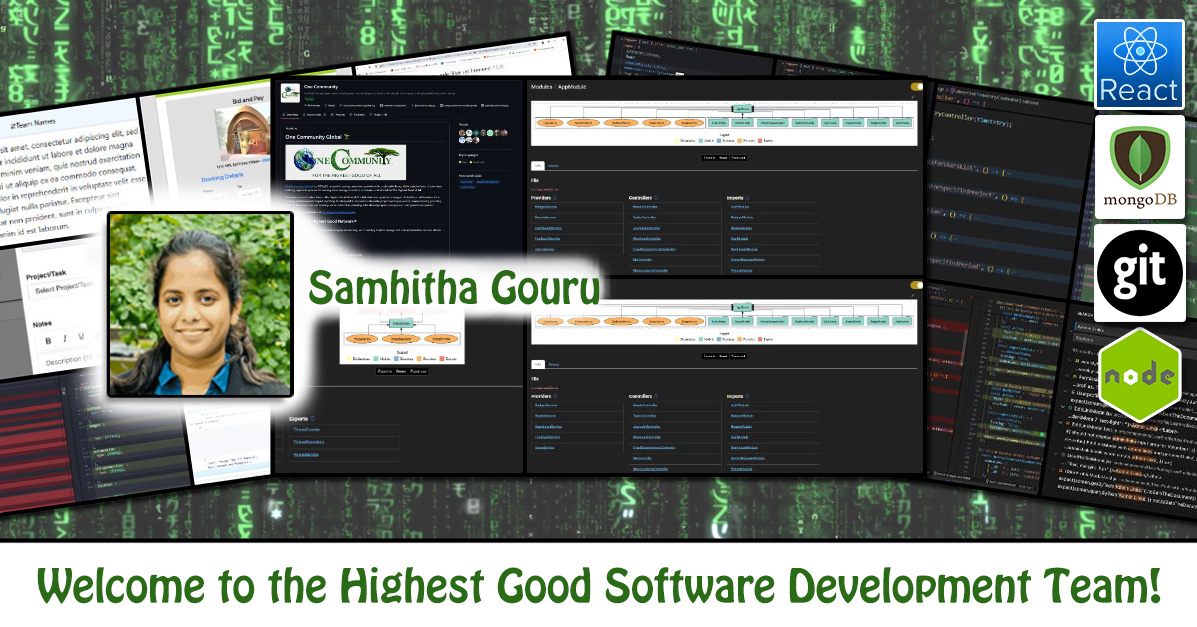
Samhitha is a full-stack developer with a strong background in modern web technologies and a passion for clean, scalable software solutions. She holds a Master’s in Computer Science from Illinois Institute of Technology and has prior industry experience as a Software Engineer at Zensar Technologies and Cognizant, where she worked extensively with React.js, FastAPI, Django, and PostgreSQL. Her work has focused on building responsive, modular UI components, optimizing API performance, and contributing to cloud-native applications using Docker and AWS. She is an advocate for agile collaboration and actively participates in code reviews and CI/CD workflows to ensure maintainable and efficient codebases. As part of the One Community Software Team, Samhitha developed key dashboards including a loss tracking line graph and a risk profile bar graph, while also reviewing and maintaining pull requests for frontend features and functionality to ensure the Highest Good Network app was functional.
WELCOME TO THE TEAM SAMHITHA!
FOLLOW ONE COMMUNITY’S PROGRESS (click icons for our pages)
INVESTOR PAGES
GET INVOLVED
One Community Welcomes Rohith Nayakar to the Software Development Team!
Posted on May 14, 2025 by One Community Hs
One Community welcomes Rohith Nayakar to the Software Team as our newest Volunteer/Consultant!
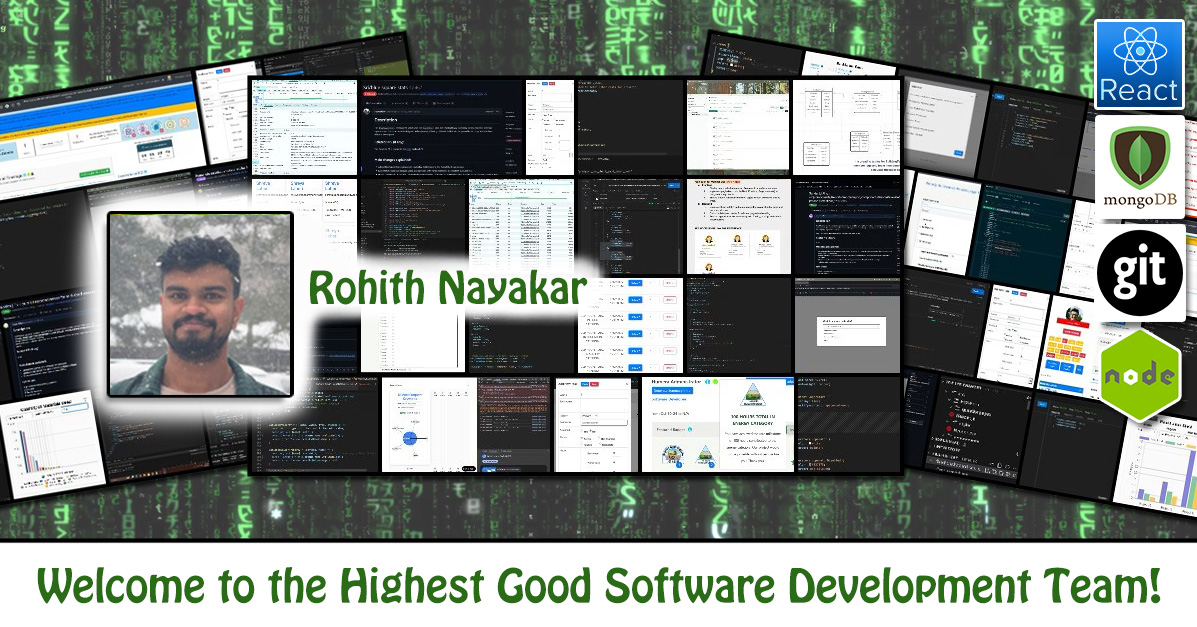
Rohith is a Full Stack Software Engineer with over 2 years of professional experience designing, developing, and deploying scalable web applications and AI-powered systems. He specializes in JavaScript (React.js, Node.js), Python, and Java, and is passionate about using technology to solve real-world problems. He holds a Master’s degree in Computer Science from Auburn University at Montgomery with a perfect 4.0 GPA. His technical interests include AI integration, chatbot development, and cloud-native solutions using tools such as FastAPI, MongoDB, PostgreSQL, AWS, and Docker. He strongly believes in using open-source software and collaborative development to build a sustainable future. As a member of the One Community Software Team, Rohith has contributed to the enhancement of the BlueSquareStats and DonutChart components of the Highest Good Network by implementing dynamic data rendering using Chart.js, improving responsiveness with Tailwind CSS, and integrating backend data from TotalOrgSummary.js. He has also proactively identified and resolved multiple frontend bugs to improve visual consistency, component responsiveness, and data accuracy across different views, helping ensure a smoother user experience for contributors and viewers alike.
WELCOME TO THE TEAM ROHITH!
FOLLOW ONE COMMUNITY’S PROGRESS (click icons for our pages)
INVESTOR PAGES
GET INVOLVED
One Community Welcomes Rishwa Patel to the Software Development Team!
Posted on May 13, 2025 by One Community Hs
One Community welcomes Rishwa Patel to the Software Team as our newest Volunteer/Consultant!
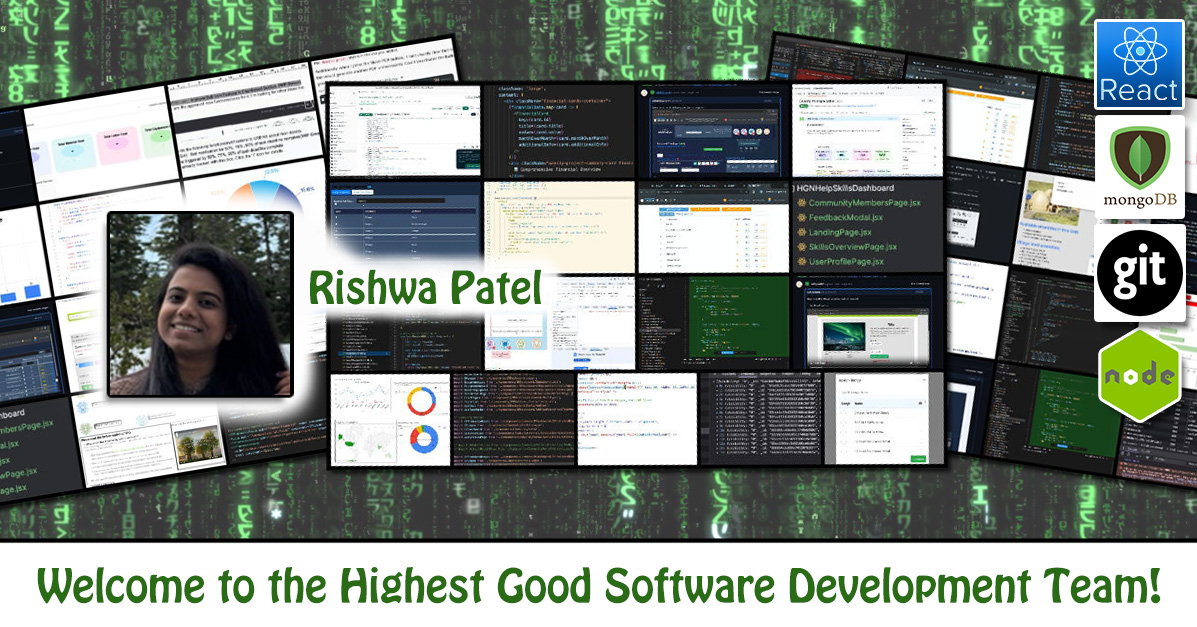
Rishwa is a Software Developer with over 2 years of experience building scalable and user-centric full-stack applications using technologies such as React.js, Java, and Spring Boot. She has a strong passion for writing clean, efficient, and maintainable code while optimizing for performance and user experience. She thrives in Agile-driven, collaborative environments and is always eager to learn, grow, and innovate through technology. Rishwa is committed to leveraging software as a tool for social good, sustainability, and community impact. Her work can be explored on Github. As a member of the One Community Software Team, she has played a pivotal role in developing the Highest Good Network React App by implementing key features such as the Skills Dashboard, Dynamic Scoring and Ranking logic, and enhancing user interface components based on Figma designs.
WELCOME TO THE TEAM RISHWA!
FOLLOW ONE COMMUNITY’S PROGRESS (click icons for our pages)
INVESTOR PAGES
GET INVOLVED
One Community Welcomes Keying Guo to the Software Development Team!
Posted on May 13, 2025 by One Community Hs
One Community welcomes Keying Guo to the Software Team as our newest Volunteer/Consultant!
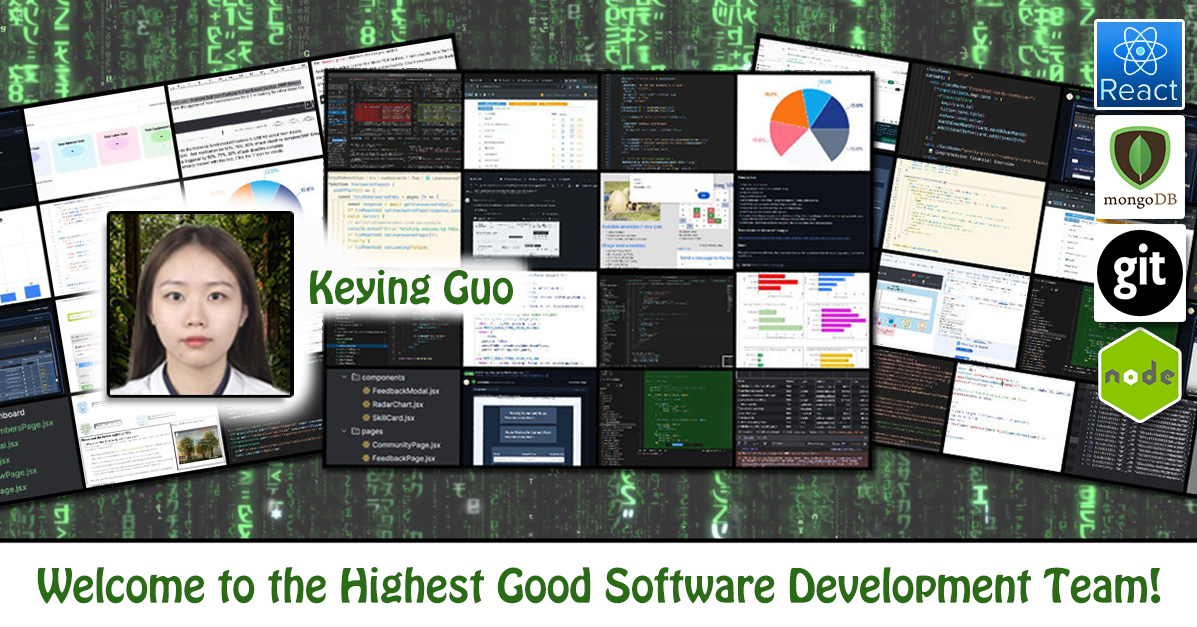
Keying is a passionate full-stack software developer with a background in computer science and applied mathematics. She has experience building scalable web applications using modern technologies like React, Node.js, MongoDB, and AWS, and thrives in collaborative, fast-paced environments. She is a strong advocate for clean code, accessibility, and user-centered design, and she brings a detail-oriented and thoughtful approach to all her projects. She is also deeply interested in sustainable development and using technology to create positive social and environmental impact. As a member of the One Community team, Keying has completed the Listing and Bidding Platform’s availability management frontend (PR3322) and is currently finalizing the bidding homepage backend for the same platform on the Highest Good Network, a priority-urgent component in progress.
WELCOME TO THE TEAM KEYING!
FOLLOW ONE COMMUNITY’S PROGRESS (click icons for our pages)
INVESTOR PAGES
GET INVOLVED
One Community Welcomes Ghazi Rahman to the Software Development Team!
Posted on May 13, 2025 by One Community Hs
One Community welcomes Ghazi Rahman to the Software Team as our newest Volunteer/Consultant!

Ghazi is a Software and Data Engineer with 3 years of experience building scalable data platforms, cloud-native apps, and AI-powered systems. He’s optimized ETL pipelines for massive data volumes, cutting cloud costs by 60% using AWS and Azure. His stack includes Python, Go, React, Spark, Kafka, and Snowflake, with successful deployments of high-throughput pipelines and moderation tools using Hugging Face and LangChain. He focuses on automation, clean architecture, and ethical AI. As a member of the One Community team, Ghazi enhanced the Highest Good Network platform by resolving a critical 501 user creation error and contributed to Phase 2 by implementing responsive financial summary cards with dynamic data and trend indicators.
WELCOME TO THE TEAM GHAZI!
FOLLOW ONE COMMUNITY’S PROGRESS (click icons for our pages)
INVESTOR PAGES
GET INVOLVED
One Community Welcomes Xiaolei Zhao to the Software Development Team!
Posted on May 12, 2025 by One Community Hs
One Community welcomes Xiaolei Zhao to the Software Team as our newest Volunteer/Consultant!

Xiaolei earned her Master’s degree in Computer Engineering from Columbia University, where she developed a strong technical foundation in software development and system design. She specializes in full-stack development, with a focus on building scalable and efficient systems for data-driven applications. Passionate about writing clean, maintainable code, she is dedicated to optimizing system performance to enhance the overall user experience. As a member of the One Community software team, Xiaolei has contributed to backend development for dashboard features in the Highest Good Network software, improving system performance and functionality to better support material tracking, reporting, and internal collaboration on lessons learned. She has also been actively involved in the team’s code review process, reviewing over 20 pull requests to help maintain high code quality standards.
WELCOME TO THE TEAM XIAOLEI!
FOLLOW ONE COMMUNITY’S PROGRESS (click icons for our pages)
 One Community
One Community